The Indian Railway Story!
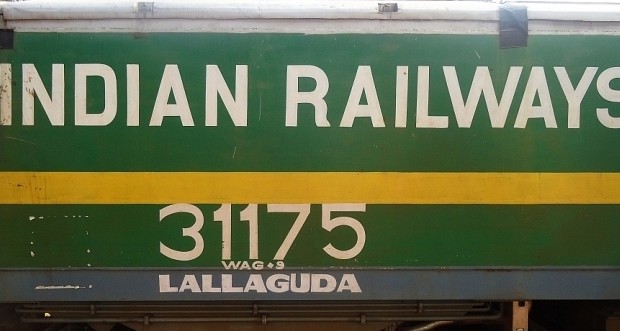
If there is anything else as complex, vast, deep, huge, humongous, intricate, perplexing, confusing and complicated as the Indian Railways, that would be the mind of a woman. Sure, the enterprise is no shining example of Swiss clockwork precision, Japanese technology, Italian glamor or German efficiency, but hey, it gets the job done, doesn’t it? Like getting the vast majority of not-so-affluent Indians from A to B? The Indian Railways is sure caught in a time-warp as this article here says and it’s condition is the pits in most cases – be it the speed, tracks, condition of coaches and stock, antiquated laws, officials and of course, the infamous IRCTC booking website with inept bureaucracy and vote-hungry politicians might be running the system into the ground and all that. But this post and series is not to find the faults with the system but an attempt to see how the entire thing works and what could be done to improve it.
The Indian Railways is a hugely complex organization that runs around 10000 trains daily through all states in India except Meghalaya and Sikkim. It operates on over 65,000 km of route track, 88,000 km of running track and around 115,000 km of total trackage (40% of the distance from the earth to the moon). There are 12,000 passenger carrying trains of all types put together running daily, in addition to 386+ million kilometers run by freight trains. The income from passenger services was Rs. 25,792 crore in 2010-2011, and freight income a mind-blowing Rs.62,844 crore! And at any given time, IR has a seating/carrying capacity of 57.3 Lakh people across all trains, out of which 14,41,786 are on locals (xMU).
Some more statistics (as of March 2011):
(All statistics taken from the Indian Railway Annual Report 2010 -11. Download Here)
[box type=”info” ]
- Number of Steam Locomotives: 43 (all preserved, only 2 in active service on Heritage routes)
- Number of Diesel Locomotives: 5137
- Number of Electric Locomotives: 4033
- Number of xMU (EMU/MEMU/DMU) coaches (locals): 8079
- Number of Passenger Accommodation Coaches (All types): 45,123
- Total number of freight wagons: 217,000
- Total carrying capacity of all freight wagons put together: 12,16 million tonnes
- Local Trains (Suburban) passengers carried per day: 11,126,027 (11 million/1.1 crore)
- Largest passenger revenue earning category: Second Class Express/Mail including Sleeper Class (50%)
- Upper Class passengers (all AC and FC excluding Suburban) constitute only 1.3% of total passengers carried but earn 25% of passenger earnings for the Railways.
- Suburban passengers constitute 53% of total passengers carried, but the Railways get only 7% of it’s passenger earnings from them.
- For every track kilometer that exists, a train runs 66 km on a day on an average.
- Total distance covered by all trains on any single day in India on an average: 1.79 million/17.9 lakh kilometers
- Average speed of Express trains including halts: 50 kph.
- Number of types of train: 12 (Duro, Raj, Shd, JS, GR, DD, Yuva, SF, M/E, FP, Pass, xMU)
- Number of classes of Accommodation: 10 (1AC, 2AC, 3AC, 3AE, EC, CC, FC, SL, 2S, II-UR)
- Number of trains for which reservation is available: 3000 (approx)
- Most Powerful Locomotives in India: WAP-7 and WAG-9 (6350 hp)
- Indian Railways carries 7 billion passengers annually, that is equivalent to the entire population of the World.
- Indian Railways is known as the “World’s Largest Toilet” because of the toilets on the trains that directly empty onto the tracks and because local people of the area use the tracks for defecation.
[/box]
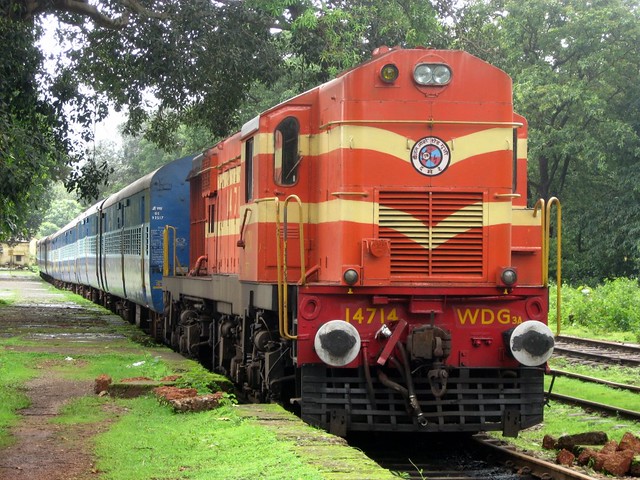
The World of the Indian Railways
As opposed to “developed” countries where long distance travel happens mostly by air and then by road, in India it is still by rail. Even with the so-called “aviation boom”, air-ticket prices are still out of reach for 90% of Indians for regular travel. Keeping this in mind, Indian trains and coaches are mostly designed keeping only three things in mind: Capacity, Capacity and more Capacity. An average long-distance express train with 22 coaches can accommodate 1200 -1500 reserved passengers and around 500 more unreserved according to its rake configuration, plus 1000+ who get in and off at intermediate stations. There is no other railway system in the World which carries 3000 people at a time in a single train over 24 hours. And we aren’t even taking about the Mumbai locals here. And even then you can travel in relative comfort and peace of mind in reserved compartments, more so in AC ones. There are drawbacks like unclean toilets and stuff but it will be fine it you can take it in stride. The General Unreserved ones are for the more adventurous ones. 🙂
The world of the Indian Railways is confusing, complex and sometimes bewildering and going against the grain of any seeming reason. The conventional “Class” system of accommodation (1st and 2nd class) holds little meaning in India. On Indian Railways we have two types of First Class, three types of Second Class and another four classes of accommodation which are not First or Second Class, though two of them are called “3-Tier” but they are not Third Class either. Men and Women of all ages sleep in close proximity in open sleeper coaches, including post-puberty girls and boys, in a country where they are mostly not even allowed to talk to each other. General unreserved compartments which seem full to the brim crammed with people show the magical ability to absorb any more number of passengers who try to push in. Reserved berths are exchanged, swapped and handed over so that a group can be together or that grandma can get the lower berth. Berths have just exactly enough space for anyone to sleep on it, and the coach has exactly the required space for all passengers. Sometimes, the train might stop a station or just outside of it for any length of time for no apparent reason. Express trains and “Super fast Expresses” run at the same speed and sometimes the Express will be sided to allow a passenger train or even a freight train to pass. The Rajdhanis and Shatabdis might be expensive premium trains, pride of the fleet and all but still run late most of the time and outraged passengers will have to contend with a recorded apology broadcasted over the PA system. Trains which run late by an hour in a section may run ahead of time on another and a train running late by an hour will arrive at the termination station on time thanks to magical scheduling. Trains are classified as Passenger, Express or Super Fast not just by speed but by a strange combination of factors like speed, number of halts, popularity, fares, priority on the network, timing, composition and so on. Sometimes your ticket Wait-listed at position 5 won’t get confirmed but another time your Waiting List 187 ticket will get confirmed. Sometimes 1000 tickets for a train will be sold out in a matter of minutes and on another day the same train might run empty. Inside the train you will find people sitting anywhere without inhibition: on doorsteps, on the floor, on top of luggage, under the seats, in vestibules, gangways, on luggage racks, in laps of strangers and of course in the toilets. The reason for all this? Well, that is how it works, fortunately or unfortunately. Sometimes a train journey will leave you a wreck for days, and sometimes it will be the most exhilarating experiences you ever had.
How Complex is “Complex”?
Back to “complexity”. How complex exactly? Imagine a train with 22 coaches. These coaches have to be cleaned, repaired and assembled together in order before each journey. The coaches have to be sent for maintenance and locomotives have to be assigned for the train for best usage. A schedule has to be worked out so the trains can be run in the best way possible without creating problems for existing services. Platform assignment in stations, track allotments in yards, freight and locomotive schedule management are extra. And there are 12,000 trains like this. And then there are 9500 locomotives of around 30 types in three traction classes that haul them. Again then there are armies of people who maintain the rails, tracks, stations, overhead equipment etc. All tracks, points, joints and crossings have to be tested and greased regularly and have to be maintained in working condition along with light signals and other signage for all 115,000 km of track and 8500 stations. Trains have to be run in correct precision with correct distance kept between each other and so that they don’t bump into each other and have to be scheduled and controlled on crossings so that they don’t collide with each other. And then we have the insanely humongous reservation system which handles real-time reservation for 3000 trains of 12 types for 9 different classes among 70 different quotas for 120 days over 5000 PRS counters and the IRCTC website. How about that? This is just scratching the surface. There are 60 different directorates (departments) under the railways, all which work in correct precision so that you can board your train and get down wherever you want to, in one piece. And the system still continues running.
People complain that the trains are too slow, have too many stops, stop everywhere, run late, do not stick to the time-table, have stops that are too long, are not comfortable enough and do not have enough luxury, space and privacy in them and that the coaches are dirty, outdated, infested and crowded. And it is impossible to get a confirmed ticket, much less a Tatkal ticket. Agreed, problems do exist on the network, but when you are running a railway network that has 65,000 km of track with around 12,000 trains running on it serving 8500 stations, I would say it is commendable that the trains at least run and the entire system works without breaking down, considering how things work in our country. Compare the Indian Railways with its counterpart in the skies and I guess you will get the picture. And about the condition of the trains, yes, we need a big time overhaul, but as I always say, you cannot expect European-type sanitized toilets in our trains, and in reality the trains, especially the AC coaches are very clean and hygienic when the train starts it’s journey, it is people who make it dirty by throwing around stuff. You dirty the coach yourself and then blame the railways for it?
The saddest part is that we have still not reached where should be, despite the Railways being 169 years old. Yes, though incredibly efficient, durable and the coaches we use are still of the same design that a Swiss company designed for us in 1952, 60 years ago. Yes, most of our trains are crawlers with speeds that haven’t improved from the 1970s. Yes, we have still outdated colonial-era rules that govern the running and working of most trains. Yes, our stations are dirty, congested, chaotic and so on. Yes, Coaches in trains are also dirty, infested, cramped, outdated and smelly. Yes, don’t even talk about the tracks and toilets. But still it is the Railways and not the Airlines which is the force that gives mobility to the Indian mass, which enables economic development and keeps India moving. The railways and not the IT industry is the real lifeblood and development engine of India. In the coming parts, we will see how this engine keeps running, how it is different from the other Railways systems of the World, how this huge organization came to be, how the system keeps working from types of train to accommodation, reservation techniques and so on. Stay tuned! 🙂
More Episodes from Indian Railways Story
Next Part (02) – History of the Indian Railways: Pre-Independence

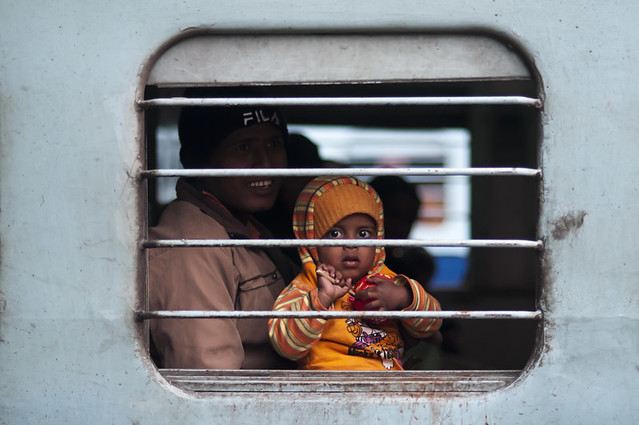
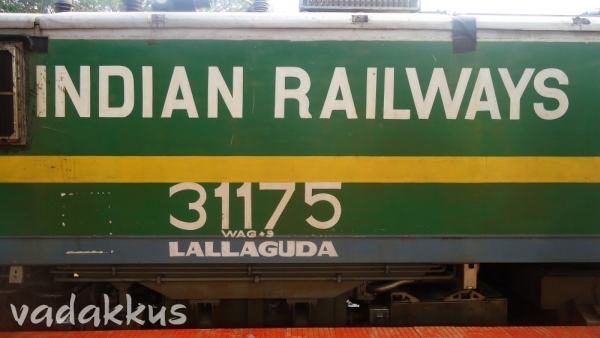
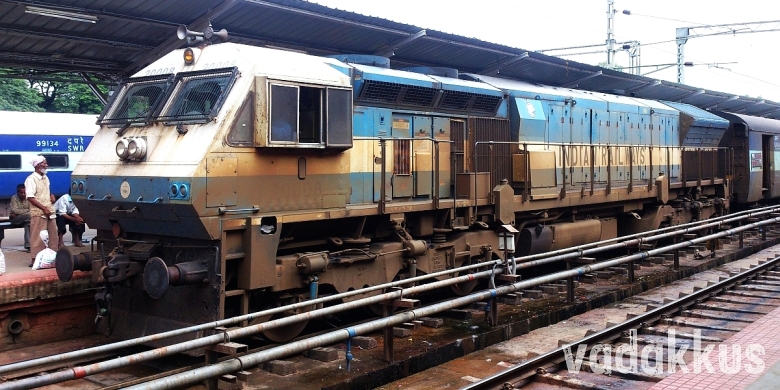
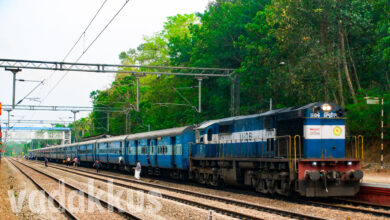
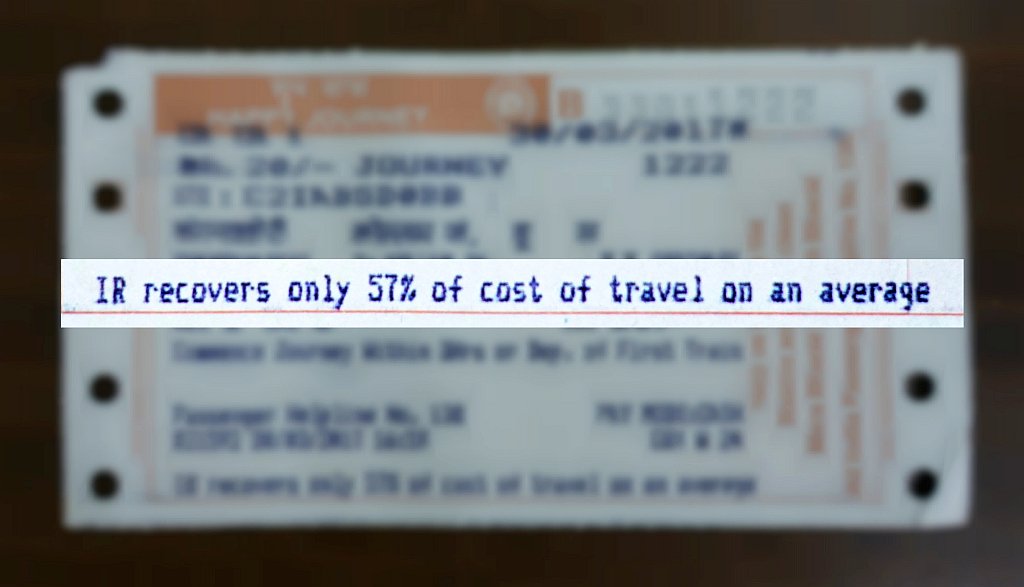
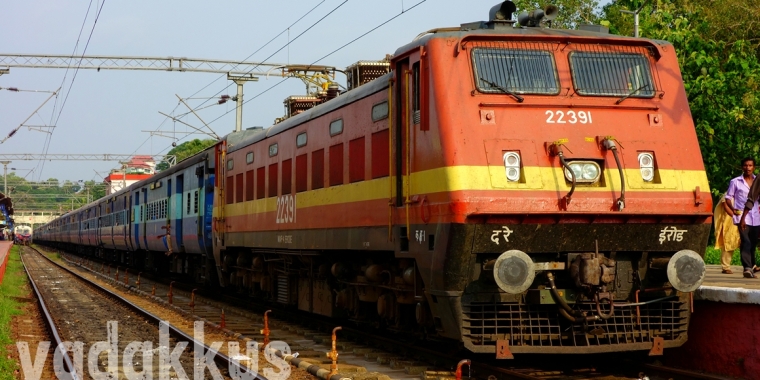
Superb !
I love this article.. Dil maange more
Just after you post this article about the efficient Indian Railways, there is an accident.. You are a Jinx
I have one more question.. I’ve noticed many articles you have written about the Railways.. Why don’t you apply for a job in the Railways and start a change ? If stupid Lalu Prasad can change it, an intelligent person like you will definitely make /initiate a change.. albeit Kerala Railways will be launched 😉